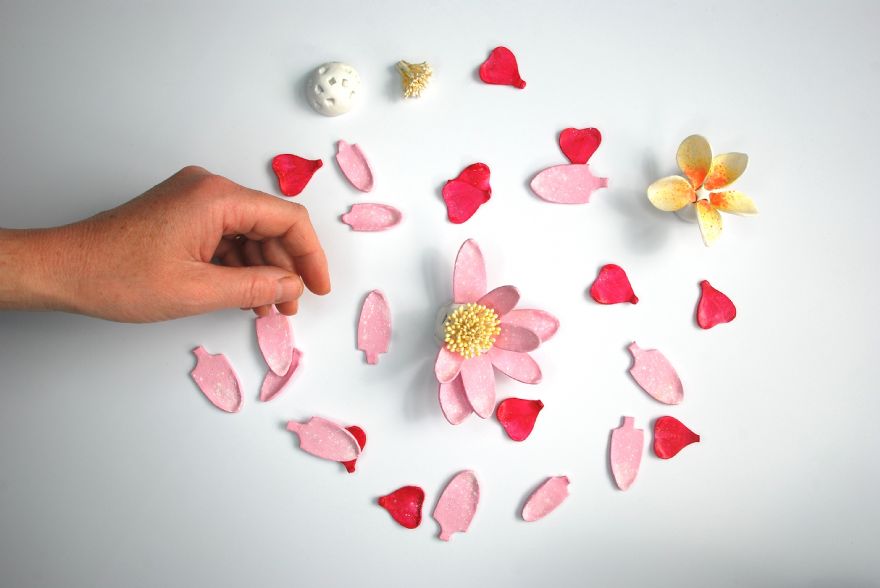
Orlando Ely, the winner of
Innovate UK’s ‘2023 Young Innovators’ award, turned to 3-D printing to help develop — and bring a step closer to launch — a device that could improve the way people recover from strokes and cognitive impairment.
Called ‘Blossom’, it was designed by Mr Ely after two close family members suffered strokes and required a tool ‘to improve and practice their fine motor skills in a creative and engaging way’ as part of the rehabilitation process. In collaboration with the
National Manufacturing Institute Scotland (NMIS), he is now developing a 3-D printed prototype of the product. It has been tested in clinical consultation and by users from dementia groups — and the project has been supported with £15,000 of funding from Innovate UK.
Blossom is a hand-held therapy device that features three buildable flowers designed to ‘challenge fine motor skills and enhance cognitive function’. Users can practice arranging the petals and stamen, with each flower increasing in difficulty; Blossom’s design also incorporates various petal layouts that encourage users to engage both hands and use 16 different pinch and grasp exercises.
Comprehensive supportThe NMIS ‘Design Engineering and Additive Manufacturing’ teams provided comprehensive support to Mr Ely, transforming his vision into a viable product through detailed 3-D modelling to optimise the design. This included evaluating and selecting appropriate materials and manufacturing processes to achieve the desired appearance and functional requirements.
Various manufacturing techniques were evaluated, including injection moulding and additive manufacturing processes like powder-bed fusion (PBF) and material extrusion (MEX). PBF proved most suitable because of its ability to produce strong, durable, and complex parts with a textured finish, which is crucial for the tool’s usability. The team also introduced design enhancements like a dimple fastening method to further elevate the sensory experience.
The 3-D printed prototypes of the developed design have allowed Mr Ely to engage in further user testing and gain feedback on the changes and selection of manufacturing method. He said: “I am now well positioned to approach a partner that can manufacture the product at scale. Based on user feedback, my next phase will focus on refining the design, enhancing aesthetic appearance, and expanding the range of therapeutic applications.”